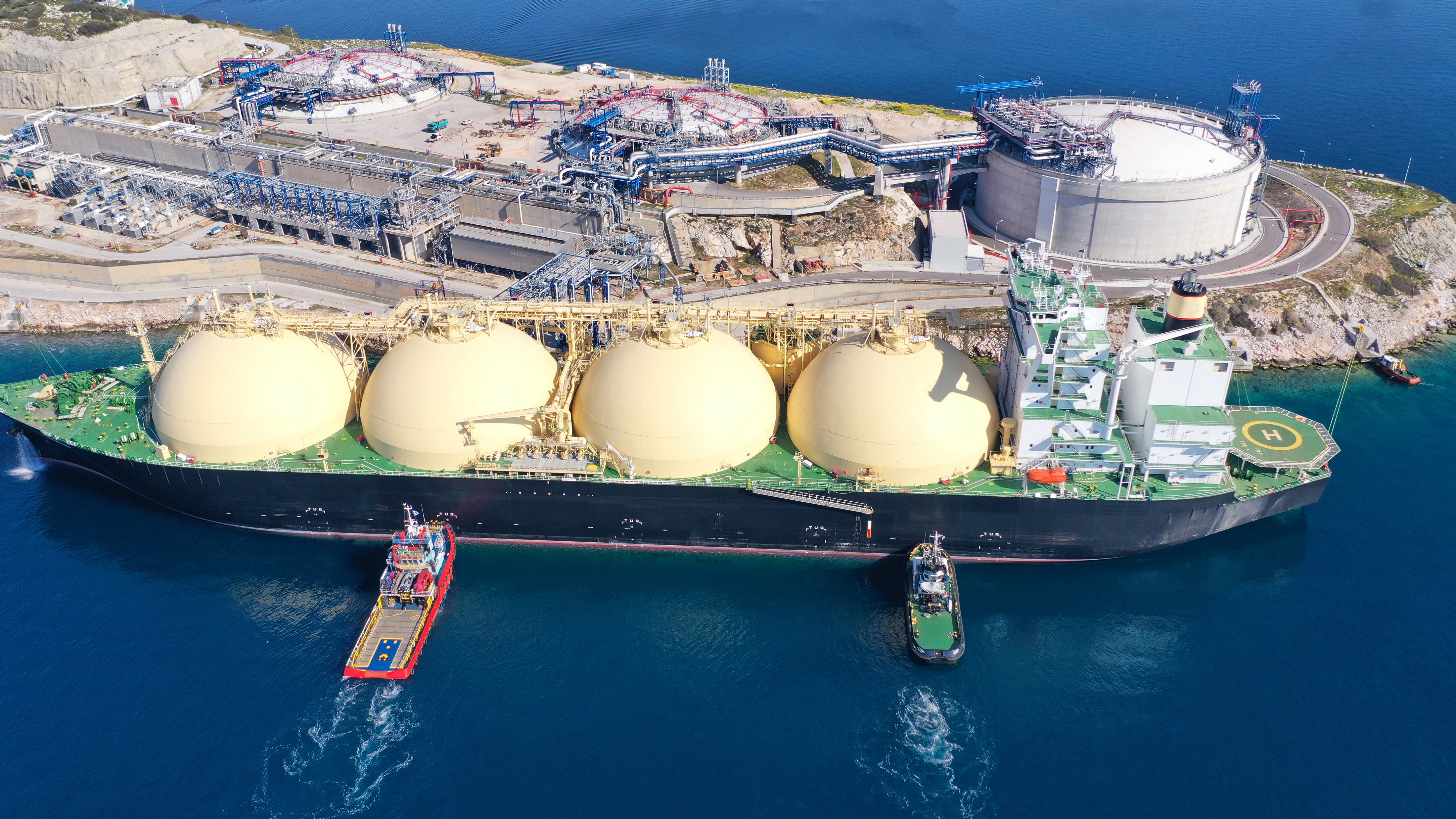16 July 2024 | The Institute for Energy Economics and Financial Analysis (IEEFA) said today that the European Union’s decision to include a ban on the transshipment of Russian LNG at European ports in its 14th sanctions package against Russia is a sensible move from a financial and resource planning perspective.
“Banning Russian LNG transshipments doesn’t affect the EU’s security of supply and is in line with the EU’s policy objective of preventing Russia from using the bloc’s terminals for its own gain,” said Ana Maria Jaller-Makarewicz, Lead Energy Analyst, Europe at IEEFA.
Transshipments of Russian LNG occur when LNG cargoes from the Yamal peninsula in Russia arrive at an LNG terminal in Europe and are transferred from icebreaker carriers to conventional LNG carriers. This can involve the intermediate transfer of LNG into storage tanks. The LNG is then sent to third markets, with European countries facilitating the sale of Russian LNG.
There are two types of transshipment:
- Direct ship-to-ship transshipment between two LNG carriers berthed at the same time at two separate jetties of a given LNG terminal.
- Indirect ship-to-storage-to-ship transshipment. This includes all the actions and technical interventions needed to berth, unload a ship, store the LNG in a tank and reload the LNG (partially or totally) into a ship in a given moment. Zeebrugge is the only EU terminal offering this service.
Terminals in Belgium and France have been allowing transshipments of Russian LNG. In 2023, 90% of transshipments arriving at European ports were sent to non-EU markets. Once the ban comes into effect (from March 2025) this should no longer be possible.
Since 2022, IEEFA has highlighted the role that European countries play in facilitating the trade of Russian LNG through Europe to third countries:
- In March 2022, IEEFA analysis showed that Belgian LNG terminal Zeebrugge, operated by Fluxys, was supporting year-round supplies of Russian LNG to non-European markets under a 20-year contract with Yamal LNG terminal.
-
In October 2022, we highlighted that the EU could find smarter ways of using its LNG infrastructure in reference to the fifth LNG storage tank at Zeebrugge terminal.
-
In November 2023, we noticed that about 21% of Russian LNG received at EU ports were transshipments and would not be affected by the bloc’s aim to be independent of Russian fossil fuel imports by 2027, as envisioned in the REPowerEU plan.
-
IEEFA’s European LNG Tracker and its visualisation of transshipments data have been crucial to understanding these trades.
While this ban focuses on Russian LNG, it brings to light a broader issue – misinterpreting the security of supply concept.
Before realising that the majority of this Russian LNG was destined for non-EU markets, the bloc was concerned about whether banning it would affect the security of supply.
A similar situation occurs with the building and expansion of gas and LNG infrastructure to guarantee “the security of supply” on the continent. This is being done without analysing that gas demand has decreased 20% in the last two years and is expected to continue decreasing, thus risking that this infrastructure might not be needed in the future.

